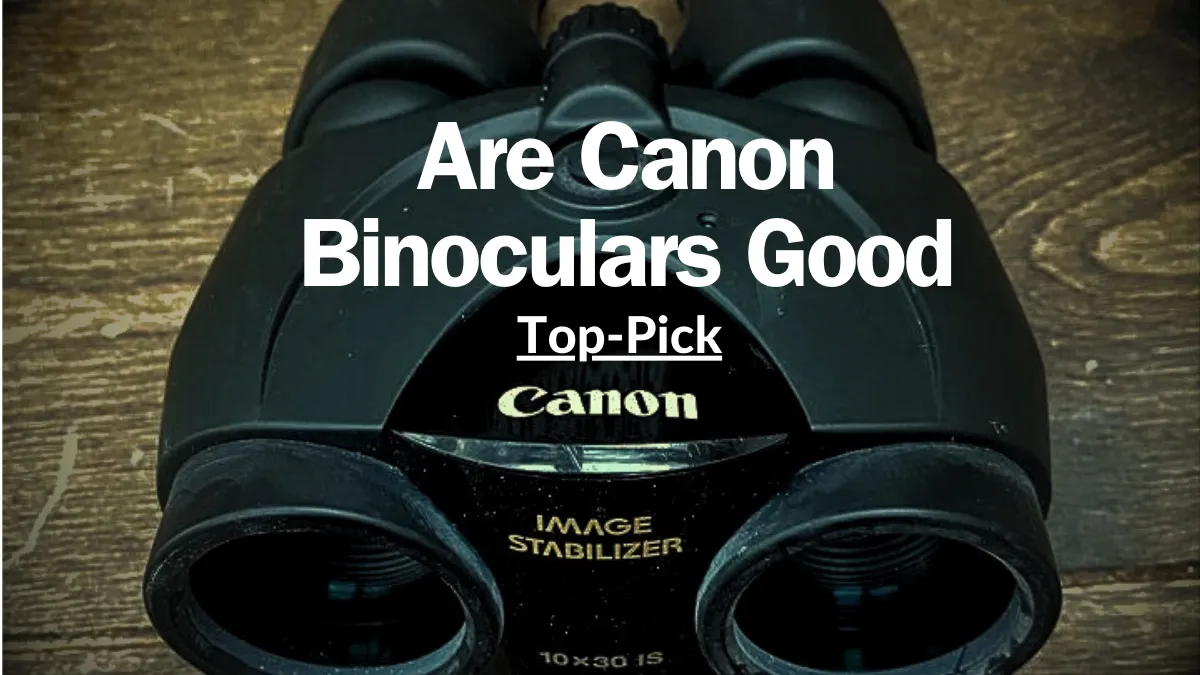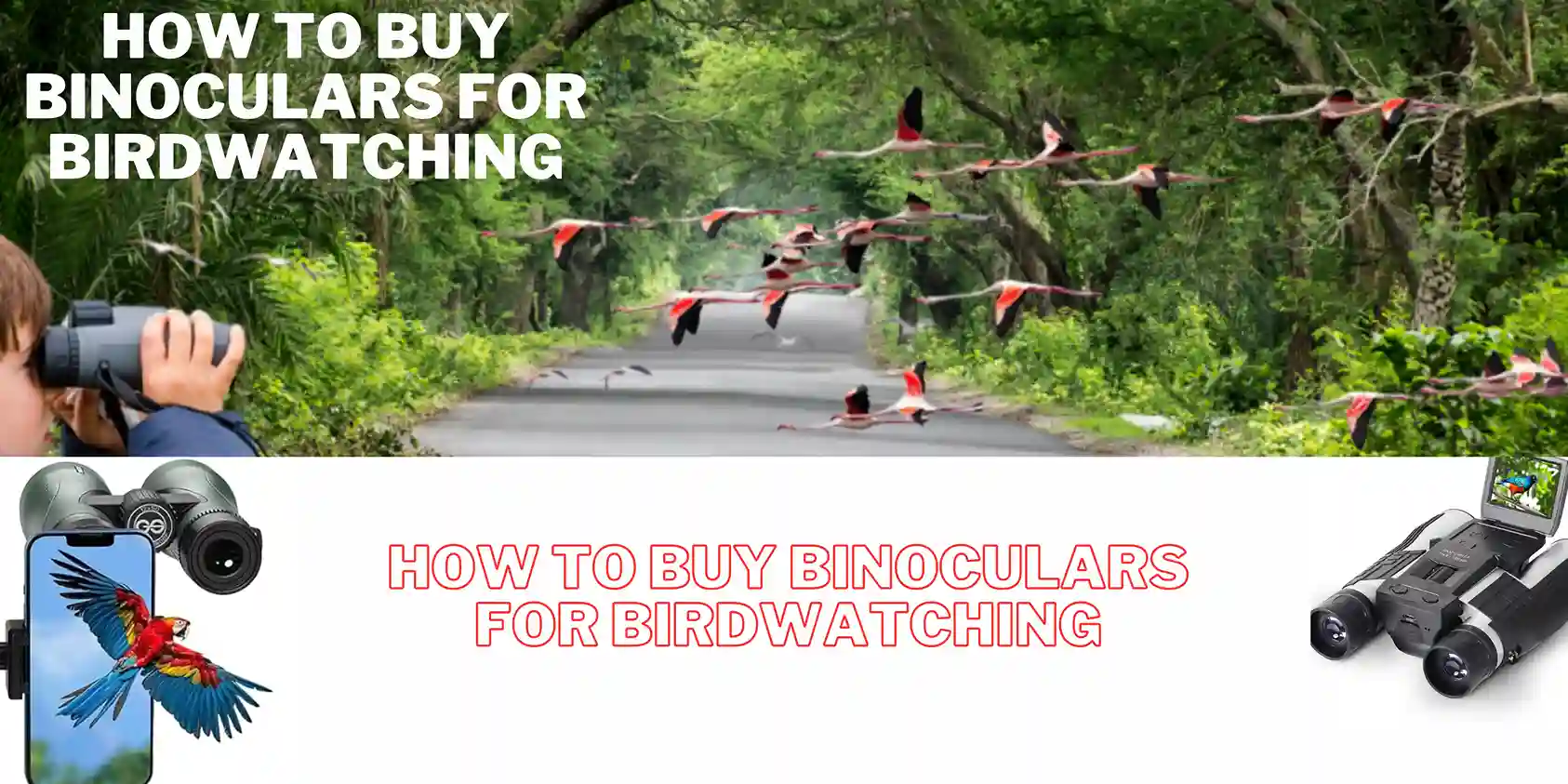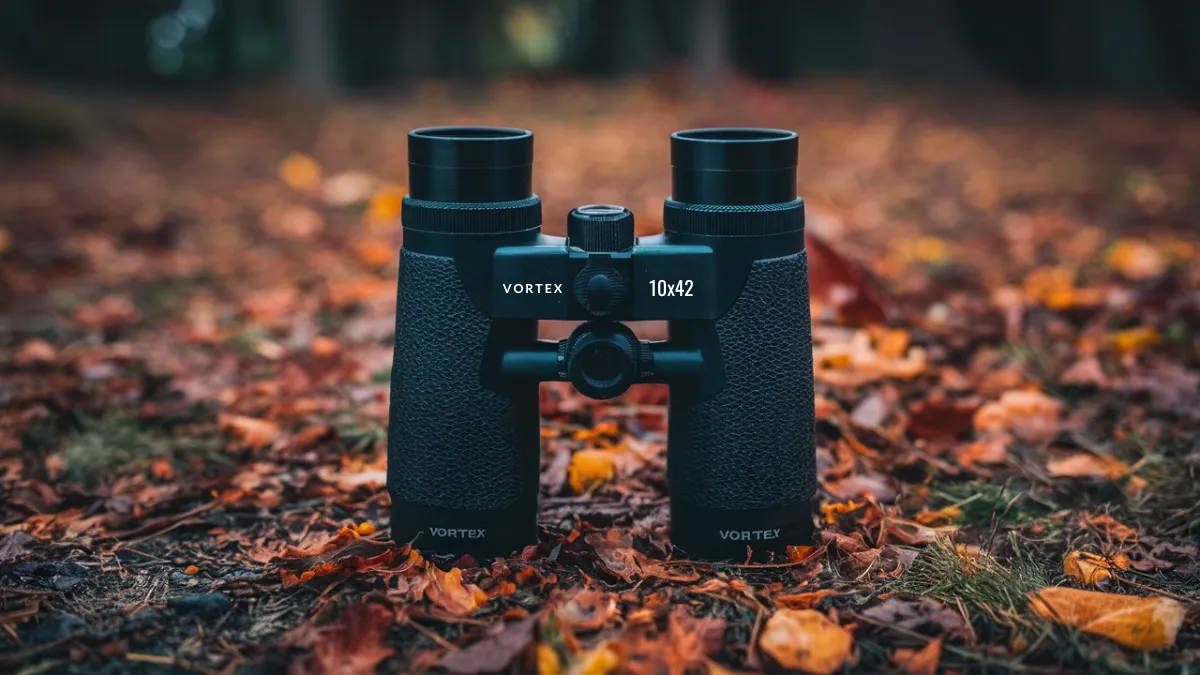Bird watching is a popular hobby for nature enthusiasts and bird lovers alike. There are various tools and equipment that bird watchers use to enhance their experience and get a closer look at their feathered friends. Two of the most commonly used tools for bird watching are spotting scopes and binoculars. Both have their advantages and disadvantages, and in this blog post, we will compare the two to help you decide which one is right for you.
What is a spotting scope?
A spotting scope is a portable telescope designed for bird watching, wildlife observation, and other outdoor activities. It is similar to a small telescope but with a wider field of view. Spotting scopes are typically larger and heavier than binoculars, and they often require a tripod or other stability device for steady viewing. They have higher magnification power than binoculars, allowing you to see distant birds with more detail.
What are binoculars?
Binoculars are two small telescopes mounted side by side, allowing you to view objects with both eyes. They are lightweight, compact, and easy to carry, making them ideal for bird watching on the go. Binoculars come in various sizes and magnification powers, but most bird watchers prefer binoculars with 8x or 10x magnification. They offer a wider field of view compared to spotting scopes, making it easier to locate and track birds in flight.
Spotting scope vs binoculars: Size and weight
One of the key differences between spotting scopes and binoculars is their size and weight. Spotting scopes are generally larger and heavier than binoculars due to their design and higher magnification power. This can make them less convenient to carry around, especially on long hikes or birding trips. Binoculars, on the other hand, are compact and lightweight, making them easy to carry in a backpack or around your neck for extended periods of time.
Spotting scope vs binoculars: Magnification
When it comes to magnification power, spotting scopes generally offer higher levels of magnification compared to binoculars. Spotting scopes typically have a magnification range of 20x to 60x or higher, allowing you to see birds in great detail from a distance. This makes spotting scopes ideal for birders who want to observe birds that are farther away or in hard-to-reach locations. Binoculars usually have a lower magnification power, typically ranging from 8x to 12x, which is sufficient for most bird watching situations.
Spotting scope vs binoculars: Field of view
The field of view refers to the width of the area visible through the optics. Spotting scopes generally have a narrower field of view compared to binoculars. This means that you will be able to see a smaller portion of the landscape with a spotting scope compared to binoculars. However, spotting scopes usually have a greater depth of field, allowing you to focus on objects at different distances. Binoculars provide a wider field of view, making it easier to locate and track birds in flight or scan a larger area for bird activity.
Spotting scope vs binoculars: Image quality
Both spotting scopes and binoculars can provide high-quality images, but spotting scopes may have the slight edge when it comes to image clarity and detail. The larger objective lens of spotting scopes allows more light to enter, resulting in brighter and more detailed images. Spotting scopes also tend to have better image stabilization, which is important for bird watching, especially at higher magnification levels. Binoculars, while still providing good image quality, may be more prone to image shake due to their smaller size and lighter weight.
Spotting scope vs binoculars: Ease of use
When it comes to ease of use, binoculars have the advantage. Binoculars are lightweight, compact, and easy to handle, making them ideal for quick and spontaneous bird watching. They can be easily adjusted for individual users and are generally more user-friendly compared to spotting scopes. Spotting scopes, on the other hand, require more set-up time and often need a tripod or other stability aid for steady viewing. They may also require more skill and practice to focus and track birds effectively.
Spotting scope vs binoculars: Price
Price is often a deciding factor when choosing between spotting scopes and binoculars. Spotting scopes tend to be more expensive than binoculars, especially if you opt for higher-end models with advanced features and superior optics. Binoculars, on the other hand, are available at a wide range of price points, making them more accessible for bird watchers on a budget. It’s important to consider your budget and the features that are most important to you before making a decision.
Conclusion
In conclusion, both spotting scopes and binoculars have their advantages and disadvantages when it comes to bird watching. Spotting scopes offer higher magnification and image quality, making them ideal for observing birds at a distance or in hard-to-reach locations. They are less portable and require more set-up time, but they provide detailed and bright images. Binoculars, on the other hand, are compact, lightweight, and easy to use. They offer a wider field of view, making it easier to locate and track birds in flight. They may have slightly lower magnification and image quality compared to spotting scopes, but they are more convenient for spontaneous bird watching. Consider your specific needs, preferences, and budget to choose the right tool for your bird watching adventures.




